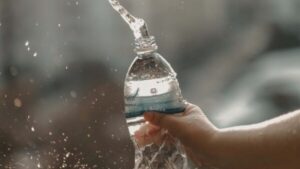
Hot or Cold: What’s the Temperature Range for Your Infusion Water Bottle?
When it comes to infusion water bottles, temperature matters. The materials used in different bottles have limitations in how hot or cold they can withstand

Infusion water bottles have become a popular way to add flavor and health benefits to your daily hydration routine. However, concerns about chemical leaching from certain materials have raised questions about the safety of some infusion bottles.
This article will explore the common materials used to make infusion water bottles, the potential safety issues with each, and guide you to make the healthiest and safest choice for your needs.
The material your water bottle is made from directly affects how safe it is for regular use. Some materials like plastic can leach chemicals like BPA and phthalates into the water over time, especially when exposed to heat or UV light.
Since you’ll be drinking the water that has been sitting in the bottle, it’s crucial to avoid materials with chemicals or additives that can leach out and be ingested. Paying attention to material safety ensures your infusion water bottle doesn’t introduce toxins while you’re trying to improve your health!
Infusion water bottles today are commonly made from plastic, stainless steel, glass, or silicone. Let’s take a closer look at each option.
Plastic is one of the most widely used materials due to it being lightweight, durable, and affordable to produce. However, certain types of plastic contain chemicals and plasticizers for flexibility that can leach into liquids:
Stainless steel bottles have exploded in popularity in recent years. The material is sturdy, insulating, and impervious to chemicals leaching. It keeps drinks cold for hours. Stainless steel is one of the safest choices.
Glass infusion bottles provide a non-porous, zero-leak vessel. Borosilicate glass is thermal shock resistant. Glass is naturally BPA-free, but can break with heavy use.
Silicone is gaining ground as a material for collapsible, flexible bottles. It does not contain BPA or phthalates. Look for medical or food-grade silicone for safety. Avoid lower-quality silicone.
Some infusion bottles incorporate renewable bamboo and sustainably sourced wood elements. Make sure any finishes or adhesives used comply with FDA safety standards.
Ceramic bottles provide an earthy, eco-friendly option. Select lead-free ceramic coated with non-toxic enamels.
Some high-end infusion bottles have copper or real gold linings. These materials are safe but expensive. Gold has natural antibacterial properties.
Titanium is corrosion-resistant, very durable and considered non-toxic for water contact. More expensive but great for avoiding plastic.
Aluminum bottles are affordable but may leach some minerals and metals over time. Stainless steel is a safer metal option.
BPA (bisphenol A) is a chemical found in some plastics that acts as an endocrine disruptor and can leach into food and beverages. It is most commonly found in polycarbonate plastic bottles.
Why is BPA so concerning? Here are the main risks according to research:
Exposure to BPA, especially during childhood, should clearly be minimized for optimal health.
Thankfully, there are many material options that avoid BPA entirely for safer infusion water bottles:
Stainless steel and glass bottles are naturally free of BPA and any chemicals that can leach into liquids. They are the safest infusion bottle options.
Eastman TritanTM copolyester plastic is free of BPAs. It maintains the clarity and durability of plastic without the toxins.
Sustainably harvested bamboo pulp composite is an eco-friendly material gaining popularity. Renewable and BPA-free.
Polypropylene is a food-safe, recyclable #5 plastic that does not leach or contain BPA. Usually dishwasher safe as well.
This flexible plastic comes in HDPE and LDPE forms. HDPE is more rigid and widely used for bottles. Both are considered food-safe and BPA-free.
Silicone is naturally free of BPAs and other chemicals. Medical or food-grade silicone is best for bottle safety.
Ceramic, titanium, and gold provide non-leaching, eco-friendly options. Ensure any coatings or enamels are lead-free.
When browsing infusion bottles, look for these materials to avoid BPA and other harmful chemicals in your water.
Beyond the bottle material itself, here are some other safety factors to consider:
The bottle should be fully dishwasher safe and clearly marked not for use in microwaves, which can cause chemicals to leach from plastic.
Glass and steel bottles sometimes have protective plastic linings. Avoid these and choose unlined options.
Reputable brands from the USA, Europe, and Canada typically adhere to tighter safety standards in manufacturing. Check country of origin.
Any materials should be food-grade, medical-grade, or food-safe compliant according to FDA standards. This applies to silicone, wood, bamboo, etc.
Look for bottles certified BPA-free by independent testing organizations like the NSF. This ensures safety compliance.
Hand wash bottles with mild soap and avoid harsh detergents. Don’t use abrasive brushes that can wear down material coatings over time.
Double-walled stainless steel and copper bottles keep drinks cold for hours without sweating or condensation. This prevents bacterial growth.
The bottle should have a securely sealed lid that prevents leaks, especially when transported in bags or packs.
Here are some key tips for safely using your infusion water bottle:
While no bottle material is 100% perfect, making educated choices helps minimize risks and drink your infused water safely.
Prioritize BPA-free bottles made with stainless steel, glass, Tritan plastic, bamboo composite, or silicone. Check certifications and avoid plastics with linings or barriers.
High-quality infusion water bottles from reputable brands go a long way in providing healthy hydration you can feel good about, rather than worrying about unknown toxins in cheap plastic bottles.
Protect yourself by putting your health first when choosing a safe, non-leaching infusion water bottle.


When it comes to infusion water bottles, temperature matters. The materials used in different bottles have limitations in how hot or cold they can withstand
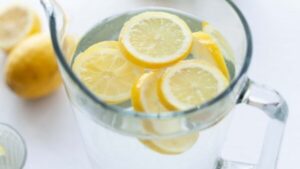
Infusion water bottles have become incredibly popular in recent years. The stylish bottles with built-in infusers make it easy to add fruits, vegetables, herbs, and
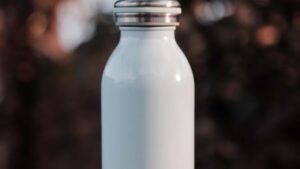
Staying hydrated is crucial for our health and wellbeing. Drinking plain water is great, but sometimes we want a little more flavor. That’s where infused
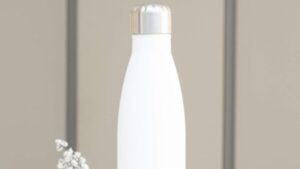
Infusion water bottles have surged in popularity in recent years as a convenient way to add flavor and nutrients to your water. But are they
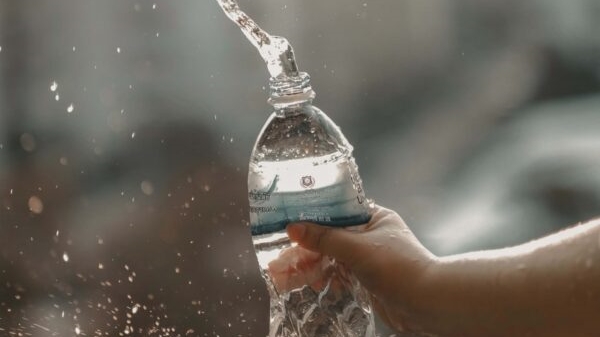
When it comes to infusion water bottles, temperature matters. The materials used in different bottles have limitations in how hot or cold they can withstand

Infusion water bottles have become a popular way to add flavor and health benefits to your daily hydration routine. However, concerns about chemical leaching from
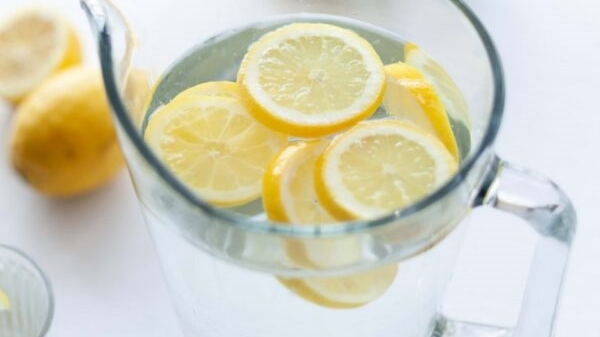
Infusion water bottles have become incredibly popular in recent years. The stylish bottles with built-in infusers make it easy to add fruits, vegetables, herbs, and
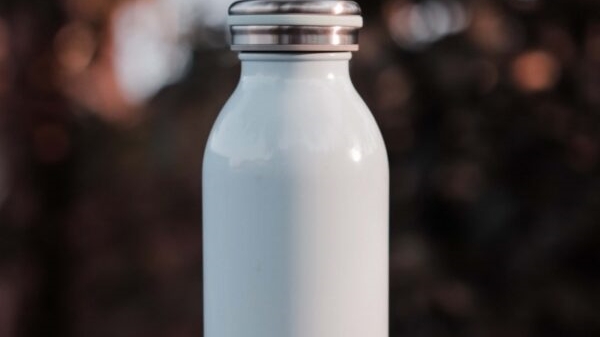
Staying hydrated is crucial for our health and wellbeing. Drinking plain water is great, but sometimes we want a little more flavor. That’s where infused
Copyright © 2024 infusionwaterbottles. All Rights Reserved.